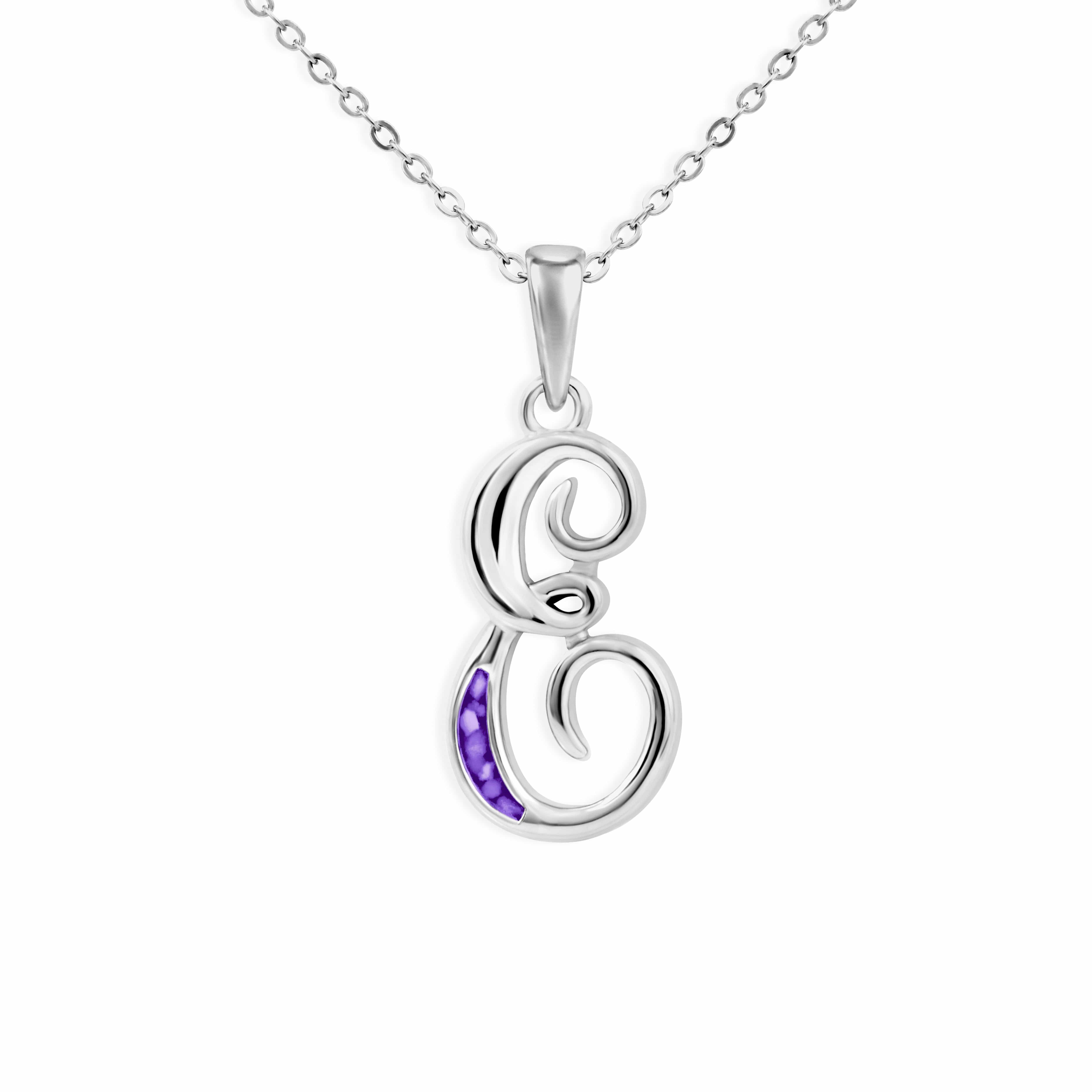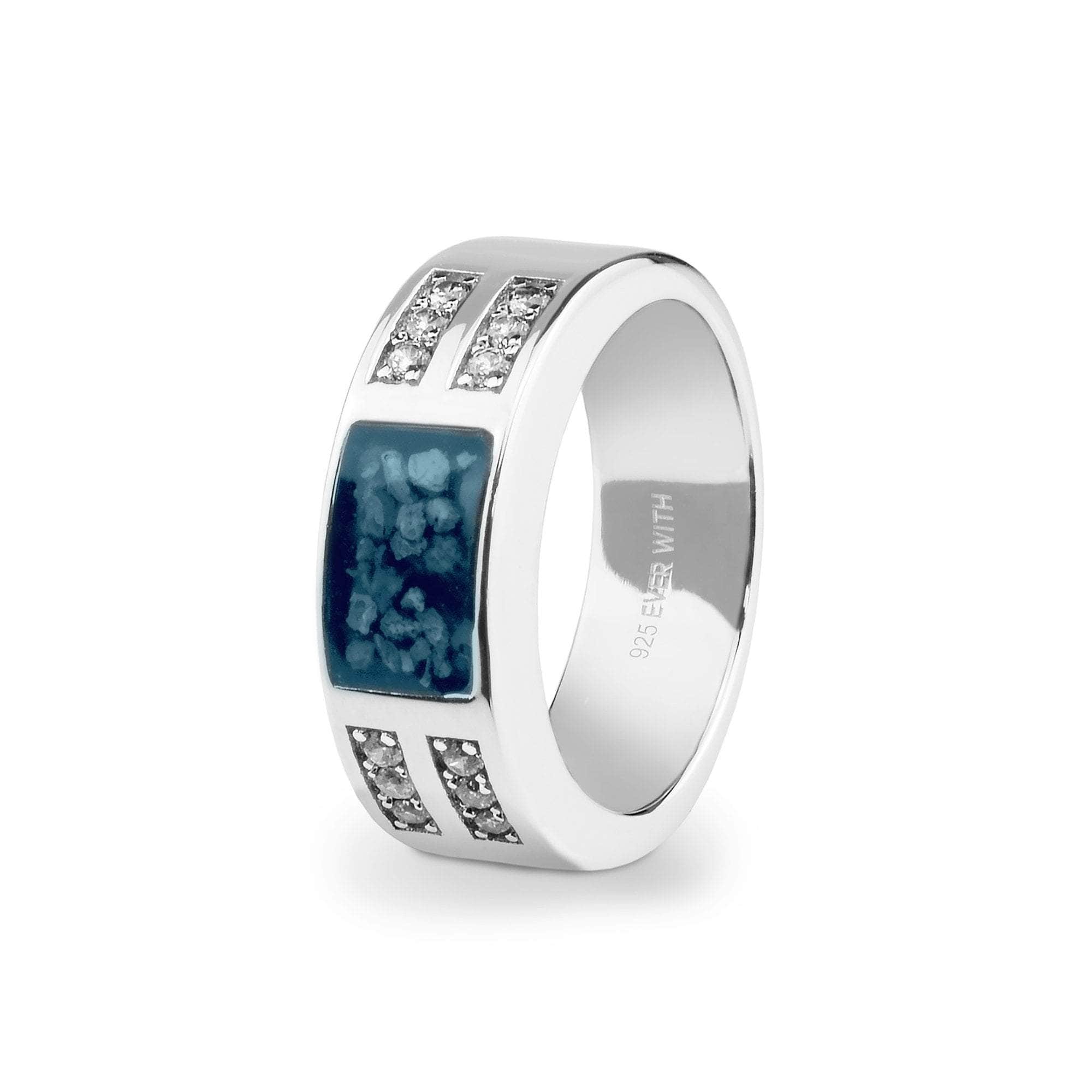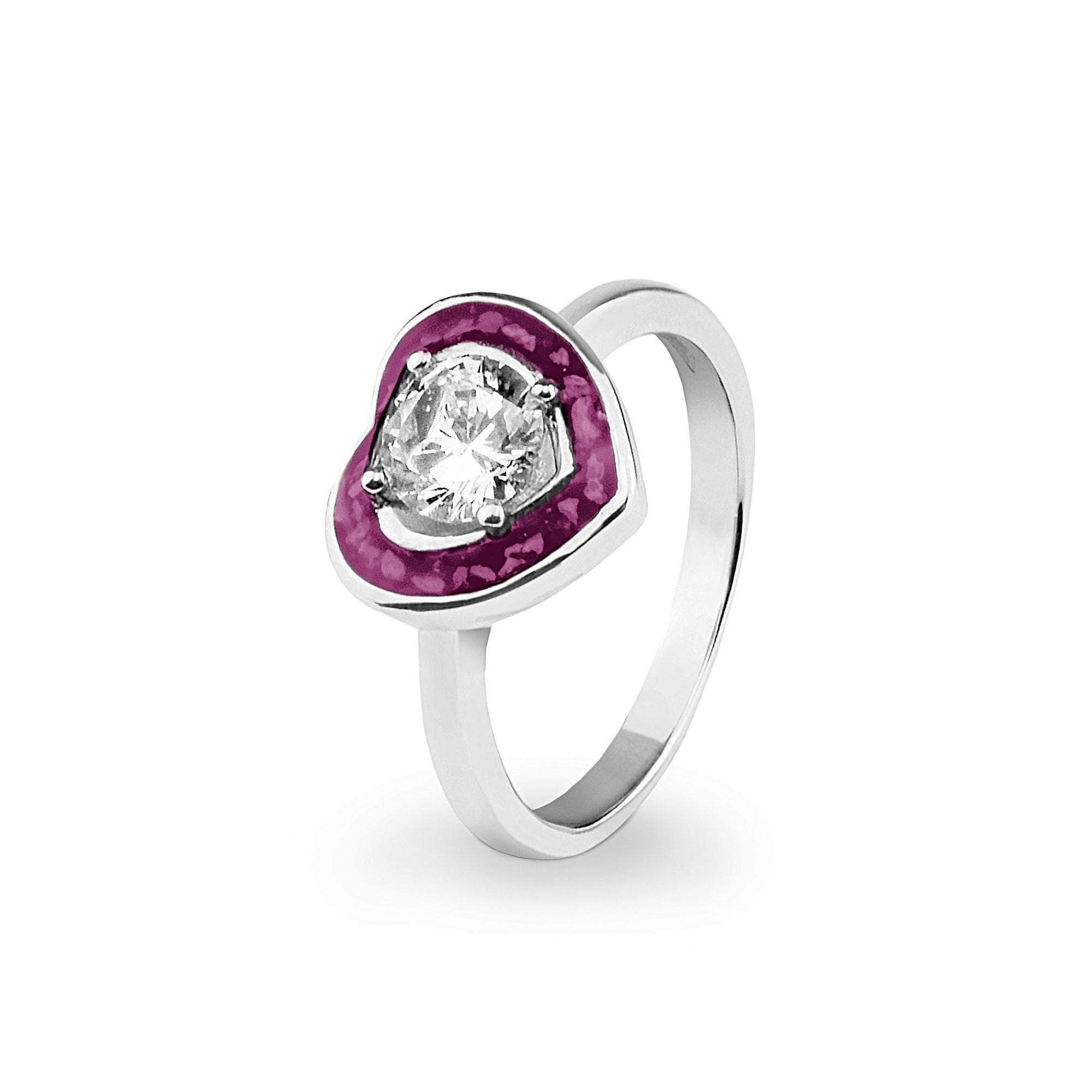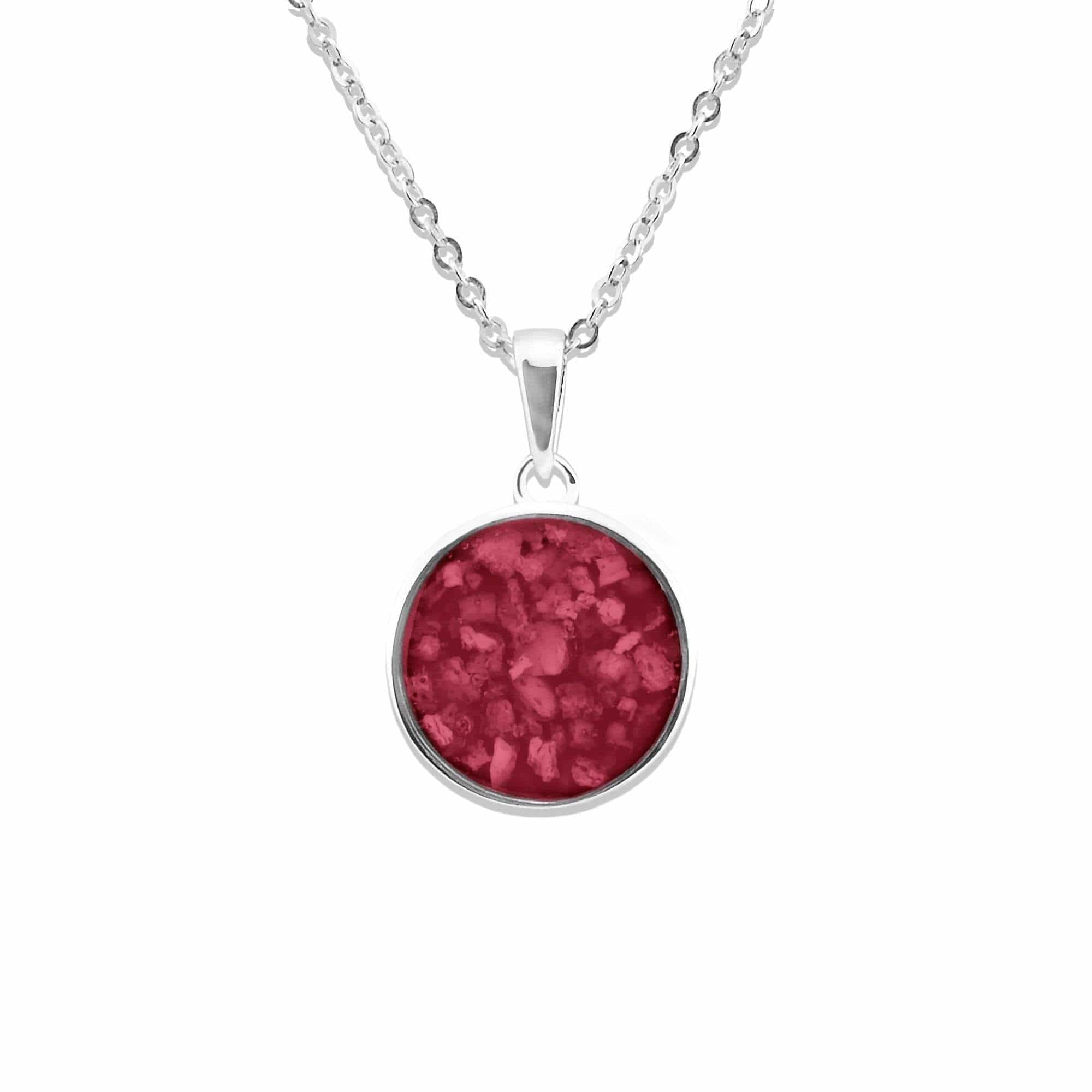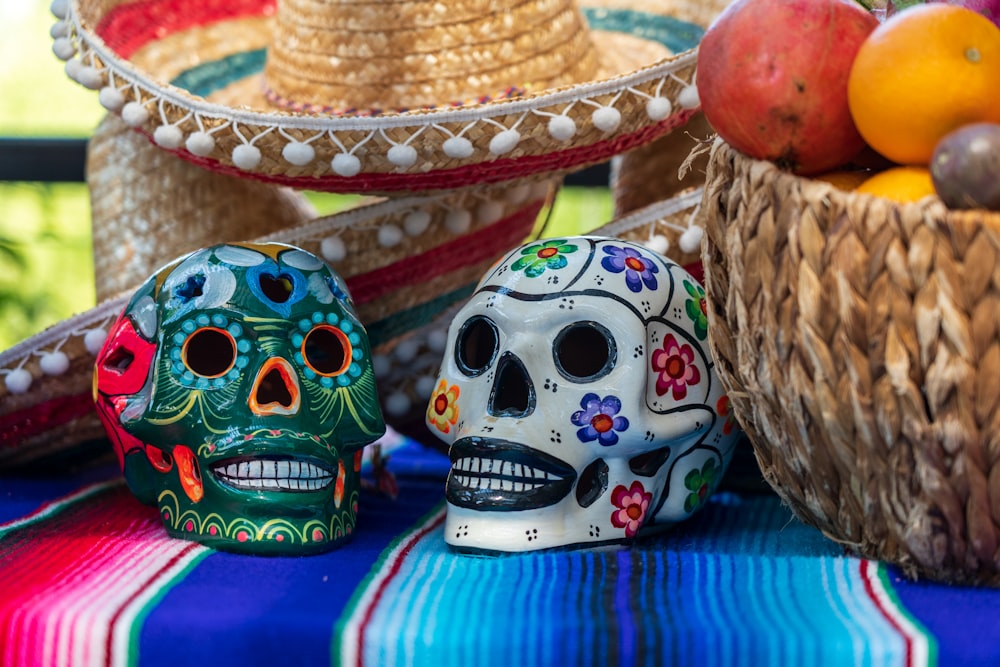In Mexico, the passing of loved ones isn't just a sombre occasion; it's a celebration of life and heritage. Central to this commemoration is the famous Day of the Dead, or Día de los Muertos, a colourful festival where families honour and remember those who have departed.
Let’s take a closer look at how Mexico pays tribute to the deceased.
Day of the Dead (Día de los Muertos)
Date: Celebrated on November 1st and 2nd.
Significance: A fusion of indigenous Aztec rituals and Catholicism, the Day of the Dead is a time to remember and honour deceased loved ones, believing that their spirits return to the world of the living to be with their families.
Customs: Families create elaborate altars called "ofrendas" adorned with photos, candles, marigolds, and favourite foods and drinks of the departed. These altars are meant to welcome the spirits back home and offer them comfort and nourishment during their visit.
Symbolism: Marigolds (cempasúchil) are believed to guide the spirits back to the living world, while sugar skulls (calaveras) are decorated with the names of the deceased and placed on altars as offerings.
Cemeteries and Graveside Gatherings
Visiting Graves: Families clean and decorate the graves of their loved ones, often spending the entire night at the cemetery. It's a time for storytelling, singing, and sharing memories.
Picnics: Many families bring food and drinks to share at the gravesite, turning the visit into a festive occasion.
Traditional Foods
Pan de Muerto: Sweet bread shaped like bones, often decorated with sugar.
Mole: A rich, savoury sauce served over meat, a staple of Day of the Dead feasts.
Atole: A warm, thick drink made from masa (corn dough), often flavoured with cinnamon or chocolate.
Art and Culture
Calavera Makeup: Elaborate face painting resembling skulls is a common sight during Day of the Dead celebrations, symbolising the cycle of life and death.
Artisanal Crafts: Intricately designed paper decorations, skeleton figurines (calacas), and vibrant papel picado (perforated paper) are popular during this time.
Community Events and Parades
Parade of Catrinas: In some cities, lively parades featuring participants dressed as elegant skeletons (catrinas) wind through the streets, accompanied by music and dancing.
Festivals: Communities across Mexico hold public events such as concerts, art exhibitions, and theatrical performances to celebrate the Day of the Dead.
Contemporary Traditions
Day of the Dead has gained international acclaim, with celebrations and exhibitions held in various countries, showcasing Mexican culture and traditions.
While rooted in tradition, modern interpretations of Day of the Dead often incorporate elements of pop culture and social commentary.
Celebrating the Day of the Dead in Mexico is a deeply personal and communal experience, blending reverence for the departed with joyous festivities. It's a testament to the enduring bonds between the living and the deceased, a colourful reminder that love and remembrance transcend death.
For more information on the Day of the Dead in Mexico, you can visit the official Day of the Dead website!
